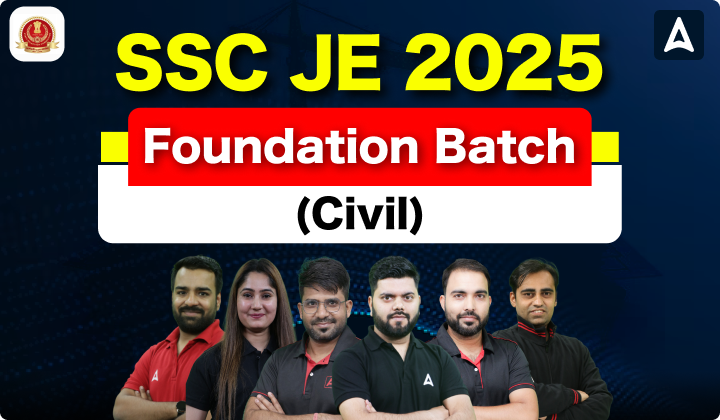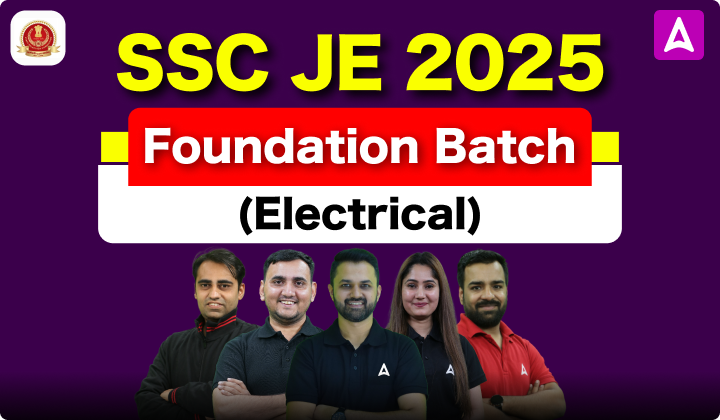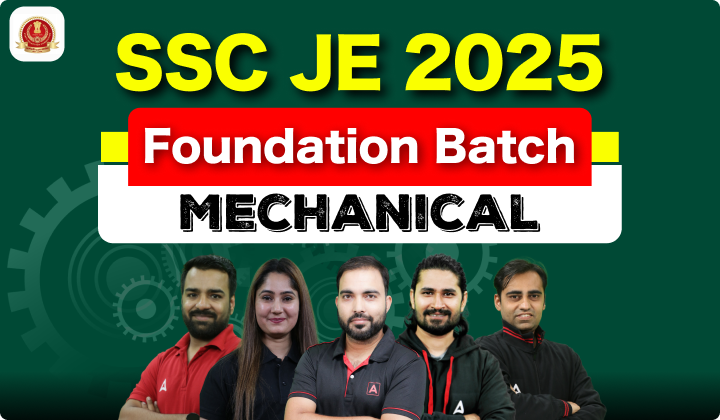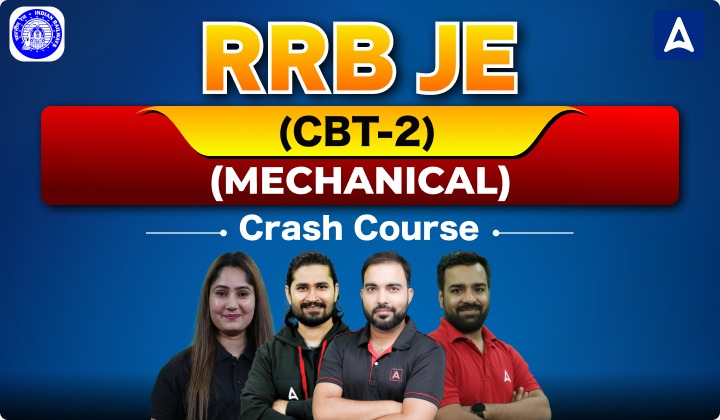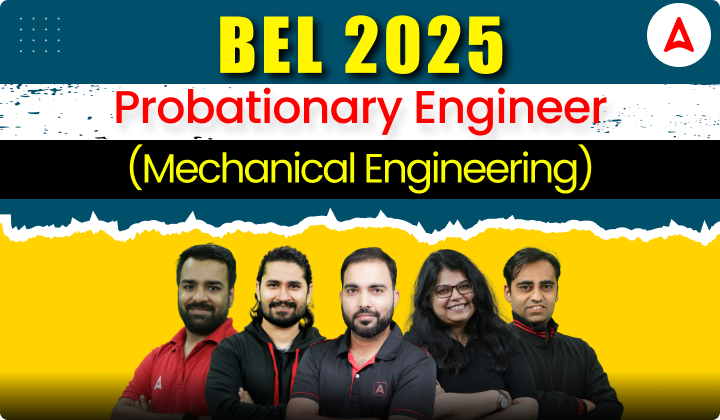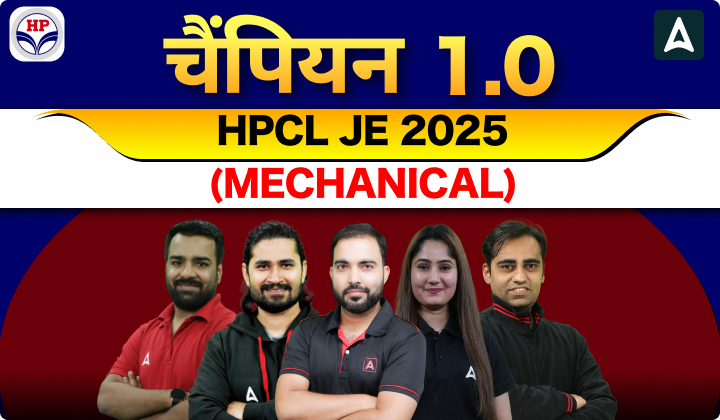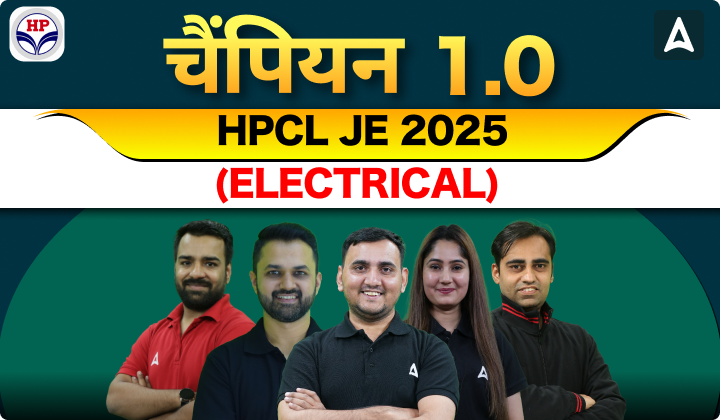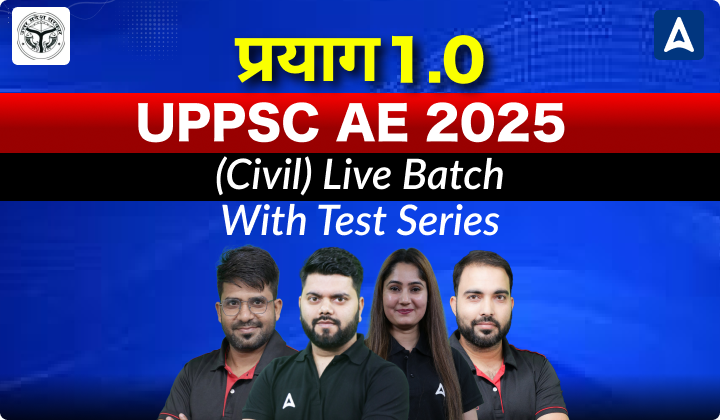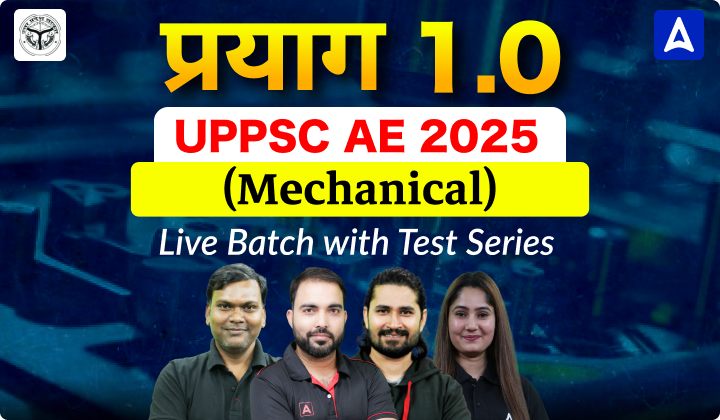Table of Contents
Father of Engineering
Sir Mokshagundam Visvesvaraya, an Indian civil engineer, administrator, and statesman is commonly referred to as the “Father of Engineering” in a global sense. He is often considered the “Father of Modern Engineering” in India due to his immense contributions to the field and his role in shaping the country’s infrastructure.
Every Year, September 15 is celebrated as Engineer’s Day which is actually the birth anniversary of Sir Visvesvaraya. The day serves as a tribute to his remarkable contributions to engineering and his instrumental role in shaping India’s infrastructure. On Engineer’s Day, various events, seminars, and competitions are organized to recognize the achievements of engineers and promote the importance of engineering in the country.
Father of Engineering in India
The key highlights related to the life of the Father of Engineering in India are tabulated below:
| Father of Engineering in India Overview | |
| Particulars | Details |
| Name | Sir Mokshagundam Visvesvaraya |
| Place of Birth | Muddenahalli, Kingdom of Mysore, British India |
| Date of Birth | 15 September 1861 |
| Father’s Name | Mokshagundam Srinivasa Shastry |
| Mother’s Name | Venkatalakshmi |
| Education |
|
| Career |
|
| Awards and Honours |
|
| Died | 12/14 April 1962 |
Who is the Father of Engineering?
Sir Mokshagundam Visvesvaraya is known as India’s “Father of Engineering.” Visvesvaraya was born in Muddenahalli, Karnataka, and received his engineering education at the College of Engineering in Pune. He held different engineering roles and made major contributions to a variety of engineering fields.
One of his most notable accomplishments was the design and construction of the Krishna Raja Sagara dam and reservoir in Mysore, which met the region’s water supply and irrigation needs. This project demonstrated his hydraulic engineering expertise while also providing considerable benefits to the agricultural industry.
Visvesvaraya’s achievements were not limited to engineering. He was the Chief Engineer of the state of Mysore, where he oversaw various bold changes that altered the region’s infrastructure. Later, from 1912 to 1918, he served as Diwan (Prime Minister) of Mysore.
His extraordinary exploits garnered him attention and acclaim both in India and around the world. He was awarded the Bharat Ratna, India’s highest civilian honor, in 1955. His legacy continues to inspire future generations of engineers, and his birthday, September 15th, is commemorated in India as Engineer’s Day to recognize his contributions to the discipline.
Father of Engineering Branch
The career of the Father of Engineering, Sir M. Visvesvaraya includes several achievements as a Civil Engineer as well as Statesman. The career timeline of the Father of Engineering Branch is tabulated below along with the year of the service.
| Father of Engineering Branch Career Timeline | |
| Services | Timeline |
| Assistant Engineer, Bombay | 1885 |
| Executive Engineer, Surat | 1896 |
| Assistant Superintending Engineer, Pune | 1897–1899 |
| Executive Engineer for Irrigation, Pune | 1899 |
| Government at Simla Irrigation Commission | 1904 and 1905 |
| Superintending Engineer | 1907 |
| Consulting Engineer to Hyderabad/Nizam State supervised and carried out engineering works on the Musi river | 1909 |
| Block System, a new system of irrigation | 1909 |
| Retired from British Service | 1909 |
| Chief Engineer and Secretary to the Government of Mysore | 1909 |
| Diwan of Mysore | 1912 to 1918 |
| Board of Directors of Tata Steel | 1927–1955 |
| Important Recruitments | |
| DRDO Recruitment 2023 | ISRO Recruitment 2023 |
| BHEL Recruitment 2023 | BEL Recruitment 2023 |
| NTPC Recruitment 2023 | PGCIL Recruitment 2023 |
| IOCL Recruitment 2023 | ONGC Recruitment 2023 |

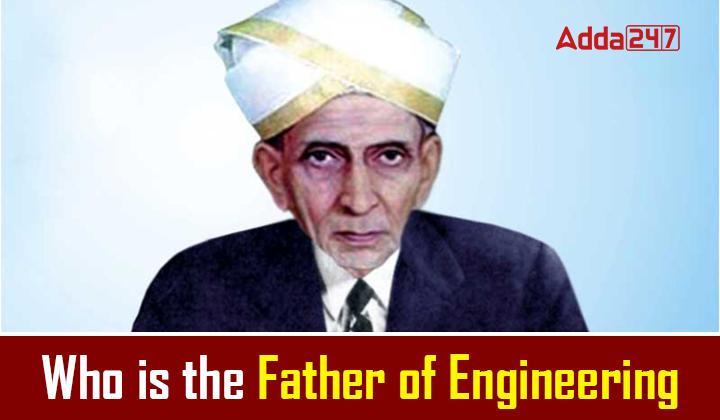



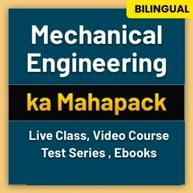

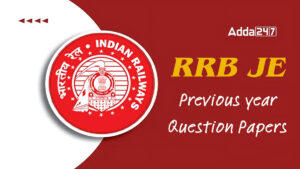 RRB JE Previous Year Question Papers, Do...
RRB JE Previous Year Question Papers, Do...
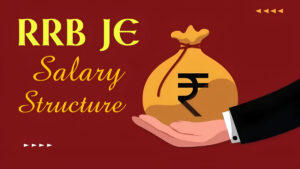 RRB JE Salary Structure, Allowances, Gro...
RRB JE Salary Structure, Allowances, Gro...
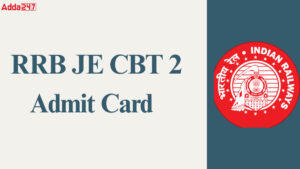 RRB JE CBT 2 Admit Card 2025 Released, D...
RRB JE CBT 2 Admit Card 2025 Released, D...




